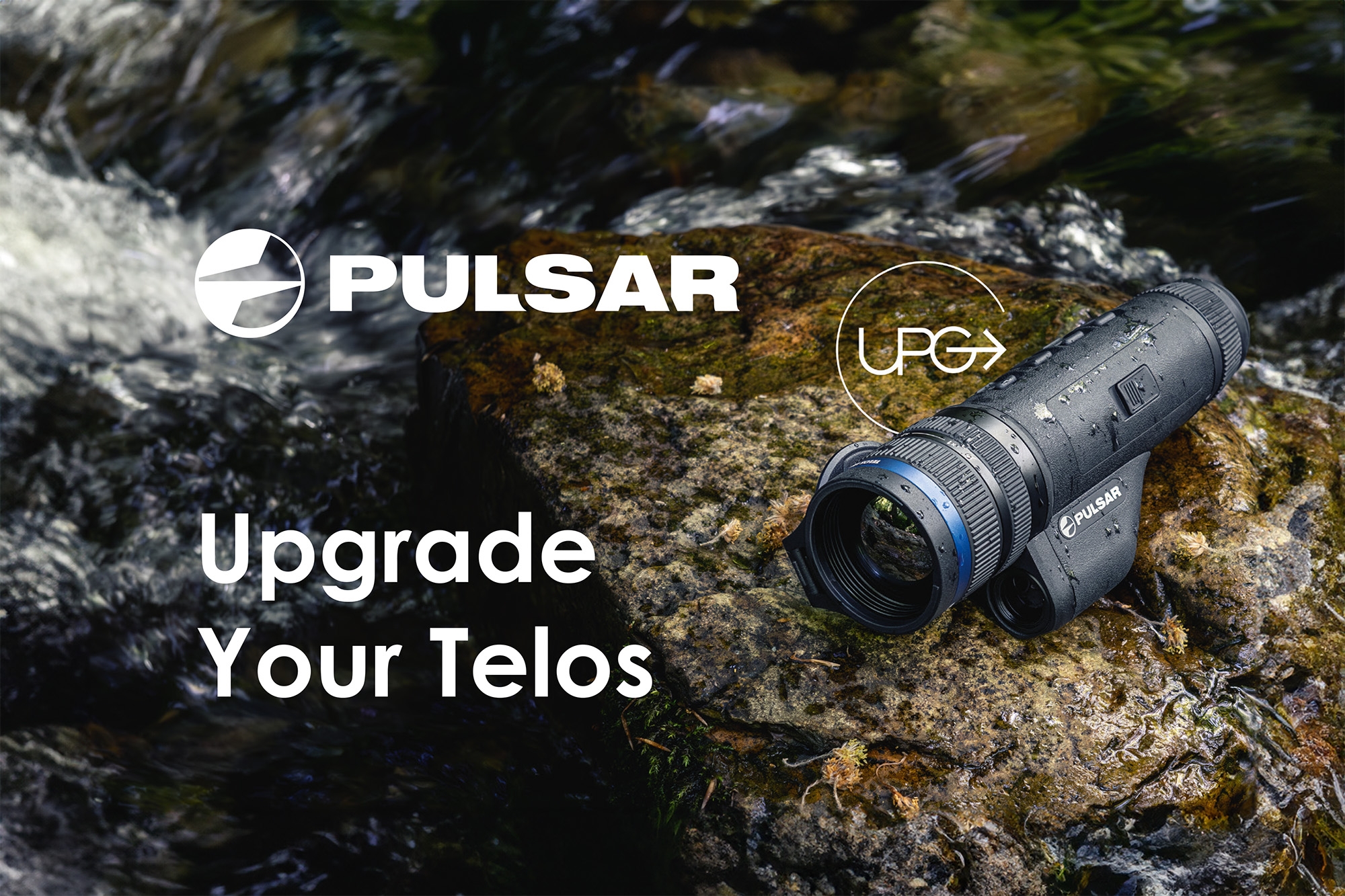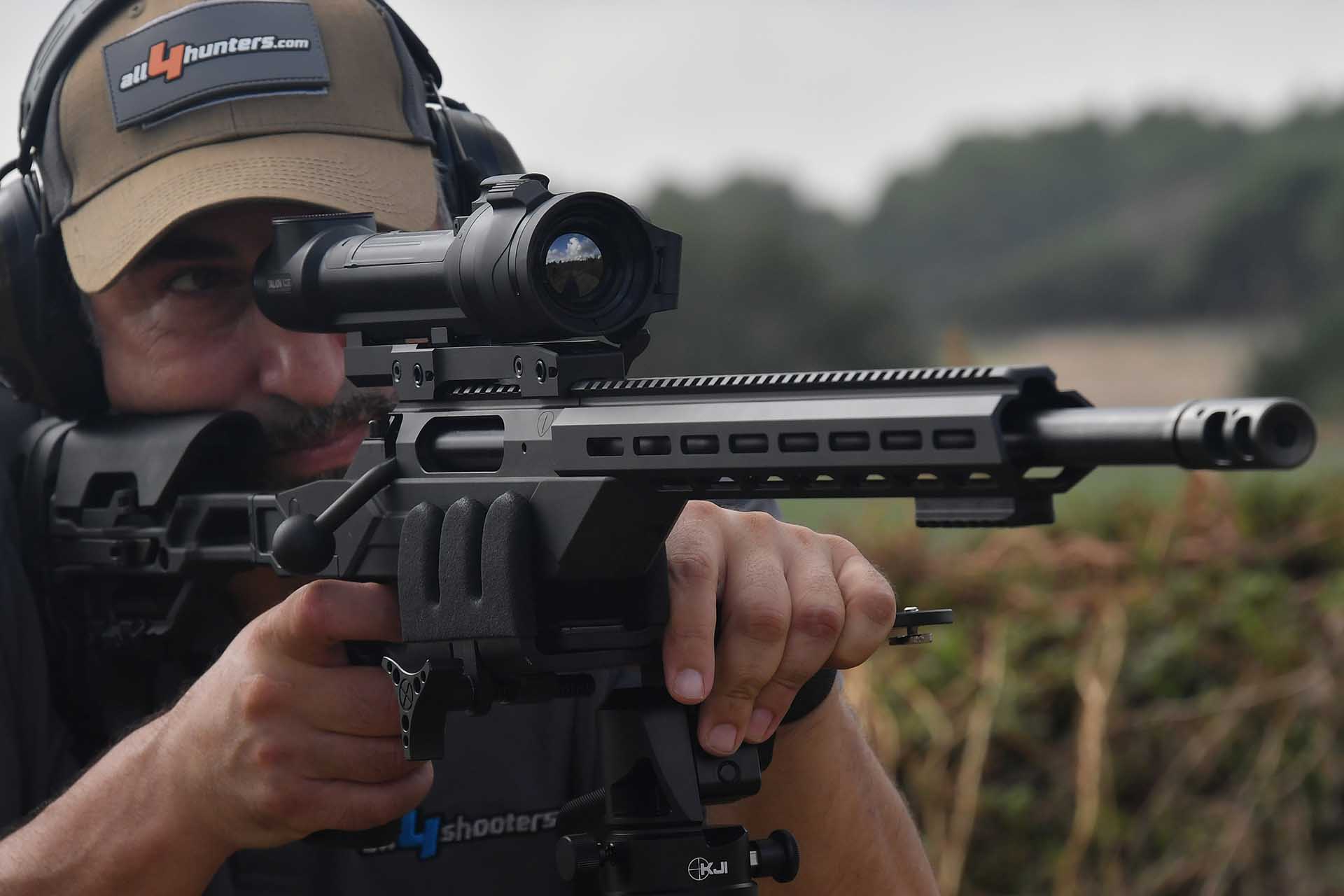The Merger range of thermal imaging binoculars from European manufacturer Pulsar has, in my opinion, now established itself as a benchmark standard for quality, performance, ergonomic features and functionality against which the market compares.
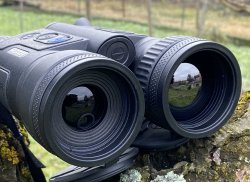
On all4shooters.com I reviewed in detail the XP50 model with a 640x480 @ 17 µm thermal sensor, built-in rangefinder capable of measuring distances up to 1,000 m, and of course the usual lot of advanced features that Pulsar has spoiled us users to find as standard on its thermal imaging optronic products.
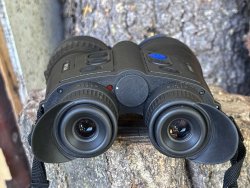
In the article on the LRF XP50 Merger, I briefly mention the flagship model binos, the LRF XL50, featuring the incredible HD, 1024x768 pixels resolution thermal sensor with 12 µm pixel pitch – although with a slightly lower sensitivity, 40 mK instead of the XP50's astounding 25 mK.
The sensor is again of European origin, an uncooled Amorphous Silicon microbolometer FPA (Focal Planar Array), capable of a 50 Hz frame rate, manufactured by Lynred.
Since in fact all the basic features not explicitly described in my test are the same as those of the XP50 model, I suggest having a look at the above linked article for a complete description.
The Pulsar Merger LRF XL50 thermal imaging binoculars, the flagship model
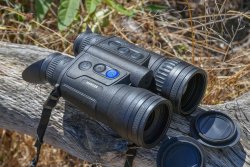
The Merger XL50 is the state-of-the-art, flagship thermal optic in Pulsar production, thanks to the full HD sensor, which offers not only unprecedented image definition in the field of thermal imaging products for hunting and civilian use, but also an exceptional maximum magnification level of 20x, with the 8x digital zoom of the native optical magnification of 2.5x... but, hey!
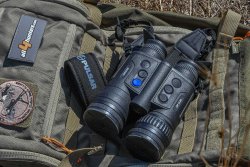
Wait, isn't that the same as the XP50 model? Yes, however, the double resolution of the sensor used by the XL50 also allows for twice the level of detail and image quality at the same magnification; at 20x the quality of detail, clarity and definition of the image displayed in the XL50 is comparable to the same image taken at 10x with the Merger LRF XP50 model!
Greater definition also means greater maximum detection distance, which increases all the way up to 2,300 m.
Pulsar Merger LRF XL50: super wide field of view
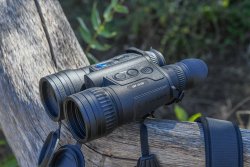
Another interesting feature of the Merger LRF XL50 is the wide field of view offered by the sensor: this is due to the fact that the diagonal size of the sensor is the same, but with a higher pixel density, so the F50 / 1.0 Germanium lens now offers a 14x10.5 degree (horizontal and vertical field of view in 4/3 format) or a view of 24.6x18.5 meters at 100 m, this at 2.5x of the native optical magnification of course.
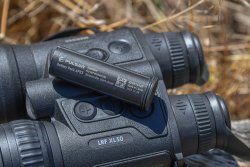
As with the other models of the Merger thermal binoculars, with the XL50 it is possible to use the "Picture-in-picture" function to simultaneously observe both the object/game animal of interest in detail and surrounding environment, for increased situational awareness.
Shared features also include the same built-in audio/video and photo recording function, but because of the higher resolution, 786k pixels versus 307K of the XP50 model, it doubles the amount of space needed to store the same minutes of video and therefore the built-in memory increases from 16 GB to 64 GB.
The Merger's two lithium-ion batteries, one built-in and the other a replaceable APS 3, manage to power the XL50 for 9 continuous hours, one less than the XP50.
Pulsar Merger LRF XL50 performance in the field: watch our video!
Given the almost complete basic feature set overlapping, except for a few details, of the Pulsar Merger LRF XL50 test model compared to the XP50, I focused on what the sensor performance is and how the increased detail translates into an operational advantage, whether in hunting-such as the recognition and evaluation of animals and prey-or professional.

So, I have tested the binoculars on several occasions, mainly in the wild for hunting, but also in urban areas, noting the incredible detail and definition possible with the HD sensor, which is reproduced in the eyepieces by a dual color AMOLED microdisplay with the same 1024x768 pixel resolution as the sensor, thus offering a perfect image with 1:1 ratio without the need for image upscaling or interpolation.
At the native magnification of 2.5x the quality, definition, richness of detail of the observed image is almost photographic, impressive in depth and realism. But in this case, I would say that one picture is worth a thousand words, and video double that; take a look at the video and photos in the article and draw your own conclusions.
The MSRP of the Merger LRF XL50 (this may vary slightly across the EU accounting for local taxes and VAT) is about 1,600 euros higher than the XP50 model, so about 6,600 euros including taxes. The same price assessment I made earlier in the XP50 review applies here as well.
I have in my hands the absolute best thermal imaging binoculars on the market for detail and definition, outside of military products, so much so that I can without a doubt recommend these binoculars to professional users not only in the civilian and hunting field but also military and law enforcement.
Pulsar Merger LRF XL50 specs and price
| Manufacturer: | Pulsar
- Yukon Advanced Optics (www.pulsar-nv.com) |
| Model: | Merger
LRF XL50 |
| Type: | Thermal
vision binoculars with integrated laser range finder |
| Magnification: | 2.5x
native, with 8x digital zoom (up to 20x) |
| Objective
Lens: | F50/1.0
with treated Germanium elements |
| Field
of View (HxV): | 14x10.5
degrees, 24.6x18.5m @ 100 m (2.5x magnification) |
| Sensor: | Lynred-manufactured
uncooled Amorphous Silicon microbolometer FPA with HD resolution, at 1024x768
pixels with 12 μm pitch, with automatic and manual calibration |
| IR
sensitivity: | LWIR
(7.7 to 13.2 um), NETD better than 40mK |
| Eyepieces: | Color
AMOLED HD microdisplay with 1024x768 pixel resolution, ± 5 diopter adjustment,
5 mm exit pupil, 15 mm pupillary extraction, 62 - 74 mm interpupillary
adjustment |
| Performance: | Maximum
observation distance of a warm rectangular target of 180 x 50 cm under optimal
conditions: 2,300 m; focus range, 3 m - infinity |
| Rangefinder: | Measurement
range of about 1,000 m, ± 1 m, with 905 nm laser (IEC safety class 1) |
| Batteries: | Two
batteries, one built-in (4000 mAh) and one replaceable (Pulsar Proprietary APS 3
Li-Ion, 3200 mAh), with a battery life of up to 9 hours (at t=22°C) |
| Dimensions: | 197x140x72
mm |
| Weight: | 950 g
(including batteries) |
| Materials/Finishes: | Fiberglass
reinforced composite technopolymer, magnesium alloy internal structure, with
rubber grip panels |
| Notes: | Integrated
audio/video recorder with 64GB internal memory, WIFI connectivity compatible
with StreamVision 2 app for Android and IOS, USB-C port, IPX7 waterproof
certification |
| Price (SRP): | 6,590 euros, including VAT (price may vary by region) |








